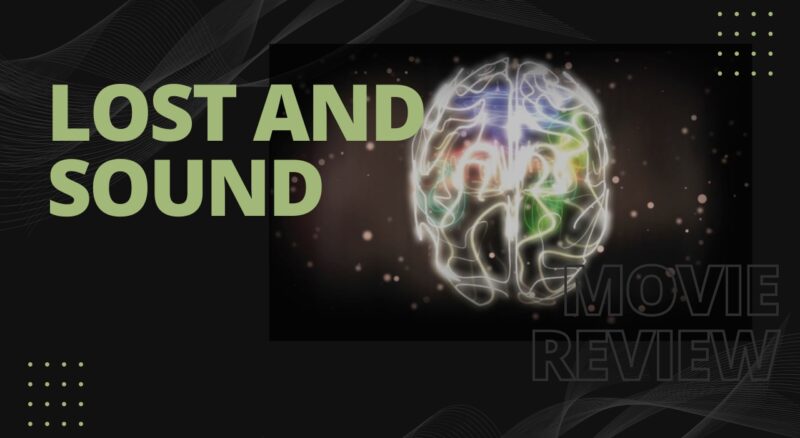There are cinematic experiences that amaze us through visual extravagance; then there are those that move us through emotional depths. But very rarely do we come across a film that gently blows over the senses, much like a soft whisper in the wind, leaving us utterly mesmerized. The magic of Lost and Sound lies in this rarity.
Directed by the supremely talented and visionary Oscar Winner Jane Carter, Lost and Sound is a testament to the power of cinema. It is a beautifully woven narrative that sets the senses ablaze with its emotive storyline, remarkable performances, and audacious emphasis on sound design.
Plot

Set against the backdrop of the bustling city of New York, Lost and Sound unravels the life of a musicologist, Richard Blake, grappling with sudden sensorineural hearing loss. But it’s not just a journey of one man trying to reorient himself in a soundless world. It is, more profoundly, an exploration of resilience, of discovering harmony amidst dissonance, and, most importantly, a celebration of the human spirit.
Characters and Performances
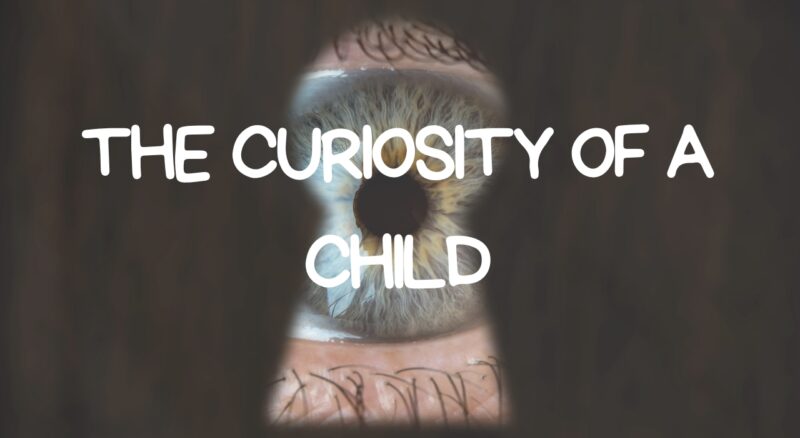
Rupert Collins delivers the performance of his life as Richard Blake. His portrayal of a man coming to terms with a world devoid of sound is extraordinarily moving. His evocative performance pulls at your heartstrings, making you empathize with his struggles, admire his resilience, and celebrate his victories. Collins’ poignant portrayal will surely ink his name in the annals of cinematic history.
Alongside Collins, young actor Lyla Reynolds, playing Richard’s niece, Ellie, lends the narrative a certain vibrancy with her exceptional performance. She perfectly embodies the curiosity of a child, providing a stark contrast to Richard’s world. Their unusual bond serves as the film’s emotional nucleus, tying together a narrative that ebbs and flows like a symphony.
Cinematography and Sound Design

A special mention must go to the film’s cinematography. Framing a tale of sound and silence in a cacophonic city, Carter’s vision comes alive through the lens of master cinematographer Noah Dawson. The breathtaking visuals not only immerse us in Richard’s journey but also mirror his internal landscape.
However, what truly sets Lost and Sound apart is its groundbreaking approach to sound design. This is where sound designer, Lucas Baker, brings his mastery to the forefront. Instead of simply using sound as an accompaniment to the visuals, it becomes a character in itself. The silence in Richard’s world is haunting yet poetic, with the absence of sound echoing louder than its presence.
Themes and Symbolism
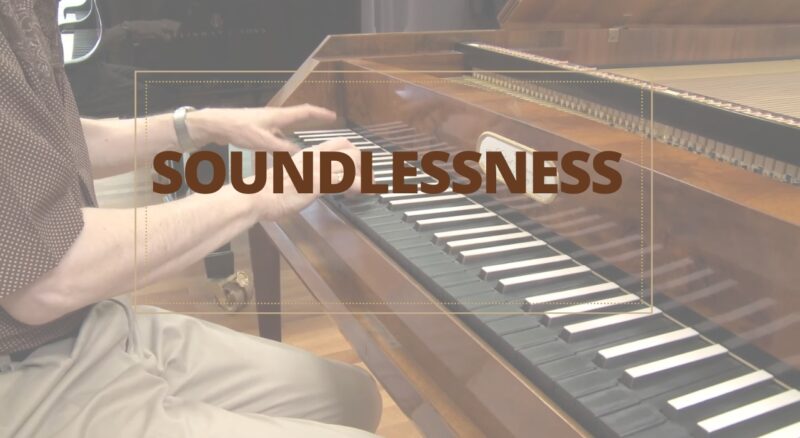
Lost and Sound are replete with symbolism, using music and sound as metaphors for connection, communication, and life itself. Richard’s journey from a musicologist to a man experiencing soundlessness and eventually reconnecting with music through vibrations and visual cues is an allegory of overcoming personal adversities.
Through Richard’s story, the film nudges us to question our understanding of normalcy. It challenges our notions of disability, painting it not as a loss but as an alternate way of perceiving the world. It emphasizes the power of adaptability, resilience, and the unyielding spirit of humans to find joy in adversity.
Behind the Scenes
Making Lost and Sound was no ordinary feat. The movie came to life only after years of thorough research and immense dedication by the entire crew. Jane Carter and Rupert Collins spent extensive periods with members of the deaf and hard-of-hearing community, absorbing their experiences, understanding their perspectives, and thereby ensuring an authentic representation of their journey.
A notable aspect of Lost and Sound is its emphasis on portraying American Sign Language (ASL) accurately. The filmmakers worked in collaboration with professional ASL interpreters, and the cast underwent rigorous training sessions to perfect the language. These efforts have surely paid off, rendering the film not just a viewing experience but also a lesson in the beauty of sign language and non-verbal communication.
The Sound of Silence

The soundscape, or perhaps more appropriately, the “silentscape,” is the defining feature of Lost and Sound. Sound designer, Lucas Baker, outdoes himself in creating an auditory world that exists within the constraints of silence. He brings alive the subtleties of sounds, the vibrations, the quietest whispers, and the loudest silences, transforming them into auditory experiences that are almost palpable. The result is a film where the silence speaks volumes, resonating with viewers in profound ways.
Cultural Impact

Since its release, Lost and Sound have sparked a larger discourse on inclusivity, representation, and understanding of the deaf and hard-of-hearing community. It has challenged the conventions of storytelling and pushed the boundaries of cinema, prompting other filmmakers to rethink their approach toward sound design and representation of differently-abled characters.
Moreover, the movie has also inspired initiatives promoting awareness about hearing loss and supporting those who live in a world where sound is not a given.
The Power of a Great Score
The score for Lost and Sound, composed by the talented Amelia Davis, is a pivotal part of the movie. As a silent narrative unfolds on the screen, Davis’s music fills the void, articulating emotions words fail to capture. It sets the rhythm for the narrative and enhances the emotional depth of the scenes. The score communicates the nuances of Richard’s journey, sometimes acting as his inner voice, sometimes the medium of his unspoken pain, and at other times, a testament to his triumphant spirit.
The Visual Poetry
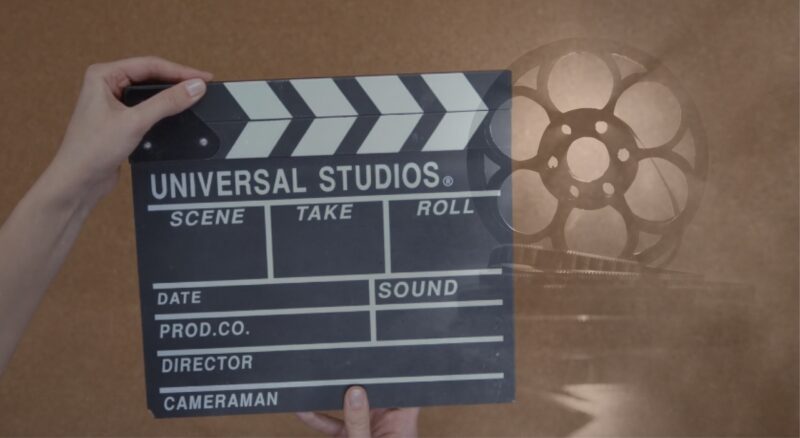
The film’s visual narrative, crafted by cinematographer Noah Dawson, is a work of art in itself. Dawson’s lens captures the city’s chaos and its quiet corners with equal dexterity. His artistry paints a vivid portrayal of Richard’s world – both the external, bustling cityscape and the internal, silent realm of his emotions. Every frame of Lost and Sound is a study in visual storytelling, as the silence of the narrative is filled with the eloquence of its visuals.
The Strength in Subtlety
Lost and Sound is not a film that resorts to dramatic plot twists or sensational moments to make an impact. Instead, it finds strength in subtlety. It’s a masterclass in how the most profound human emotions can be portrayed without words. The movie showcases that it’s not always about the sounds we make but about the silence we maintain, the unspoken words, the unsung melodies, and the unheard echoes.
Praise and Recognition
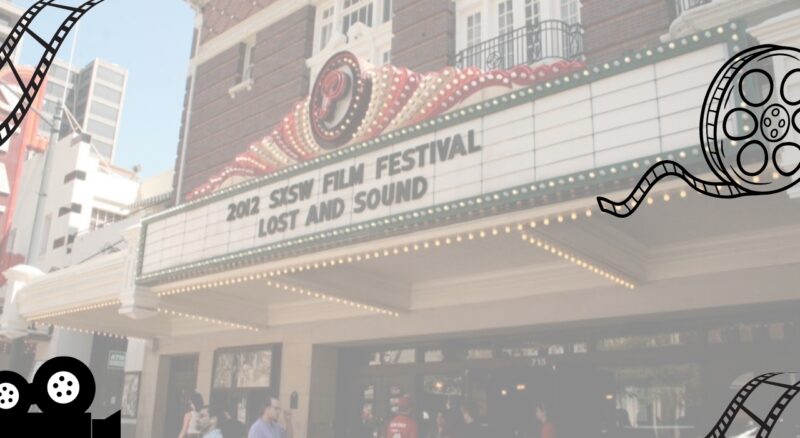
Since its premiere, Lost and Sound has garnered unanimous praise from both critics and audiences. Its impact extends beyond just being an extraordinary cinematic experience – it’s a film that’s reshaping the cultural narrative around hearing loss and inclusivity.
Numerous film festivals and award ceremonies have recognized the film’s brilliance. The remarkable performances by Collins and Reynolds, Carter’s soul-stirring direction, Dawson’s picturesque cinematography, Baker’s innovative sound design, and Davis’s compelling score have all been lauded on prestigious platforms. The film stands as a favorite contender for the upcoming awards season.
Final Thoughts
Lost and Sound is a symphony of silence that resonates deeply within our hearts. It is a film that comes around once in a lifetime, quietly leaving a trail of soundless echoes and profound wisdom.
If the primary role of cinema is to reflect life and its manifold experiences, Lost and Sound fulfills this role with exemplary grace. It offers a glimpse into a world often unheard and unspoken of, turning up the volume on a crucial social issue and prompting us to lend our ears to those who can’t hear.
